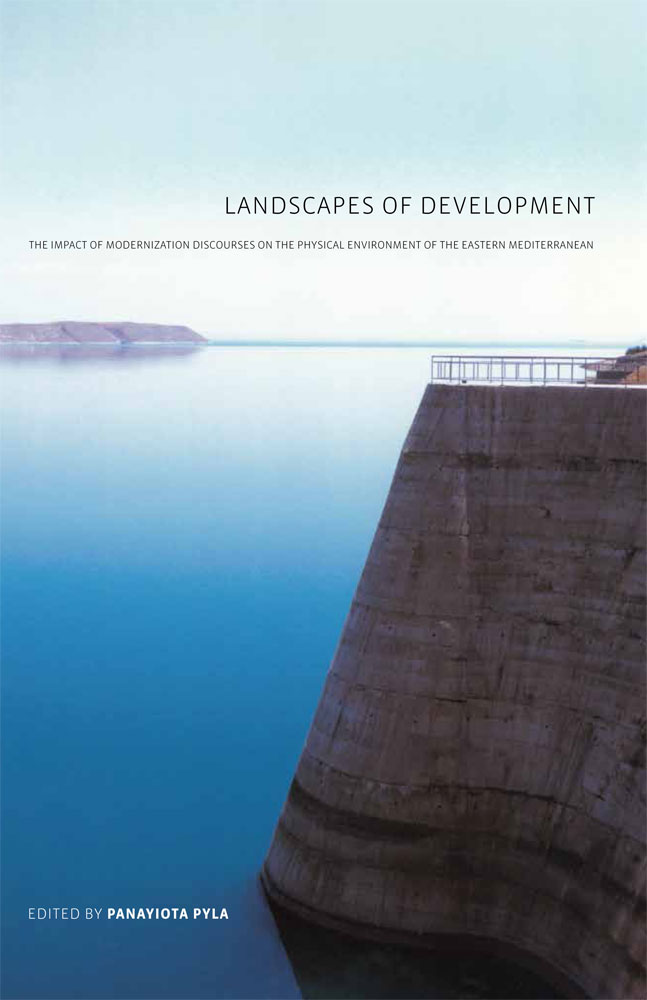Landscapes of Development: The Impact of Modernization Discourses on the Physical Environment of the Eastern Mediterranean

This book examines the impact of development policies and politics on the physical environment of the Eastern Mediterranean, a region defined here not as a rigid geographical area but as a larger cultural context. Since the end of World War II, the drive toward development, whether advanced by international institutions (United Nations, World Bank) or national governments, has encapsulated dreams of progress and emancipation that were intertwined with processes of reconstruction, decolonization, and nation-building, as well as transnational agendas for socioeconomic restructuring (capitalist or otherwise) and larger postwar/cold war power politics. In physical terms, the drive toward development has been responsible for the rapid growth of metropolitan centers, the radical restructuring of rural landscapes, and the proliferation of dams, irrigation systems, and other infrastructures.
Eight essays examine formal manifestations of development, placing the spotlight on urban and rural development schemes, housing projects, and agro-landscapes and dams from Israel to Turkey, and from Greece to Syria. These contributions are all grounded in new scholarly research, employing a variety of critical tools that span the disciplines of architecture/landscape/planning history, anthropology, sociology, and geography, to situate built works within the larger sociopolitical context that influenced their design and implementation, and to reflect on their social, cultural, and environmental impact.
This book was published in conjunction with the Aga Khan Program for Islamic Architecture.
Edited by Panayiota Pyla
Harvard Graduate School of Design, 2013